OWL Fiber OWL 7+ User manual
Other OWL Measuring Instrument manuals
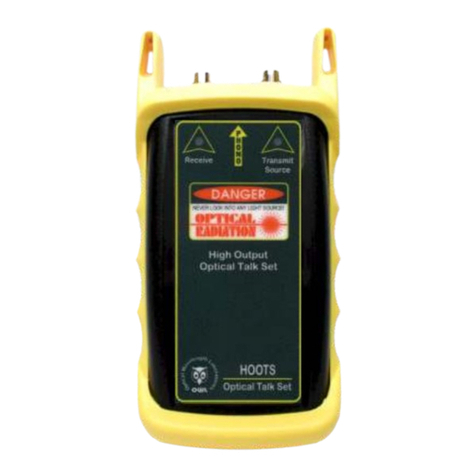
OWL
OWL HOOTS HO-850 User manual

OWL
OWL FO-4V User manual
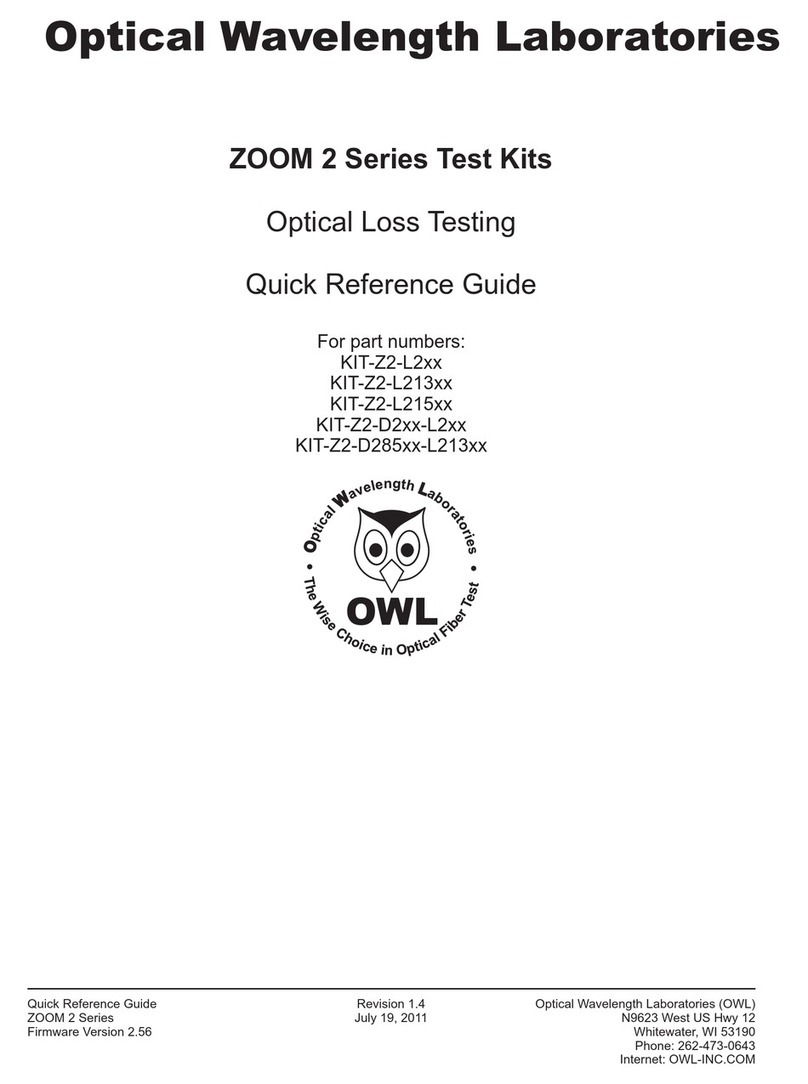
OWL
OWL KIT-Z2-L2 Series User manual
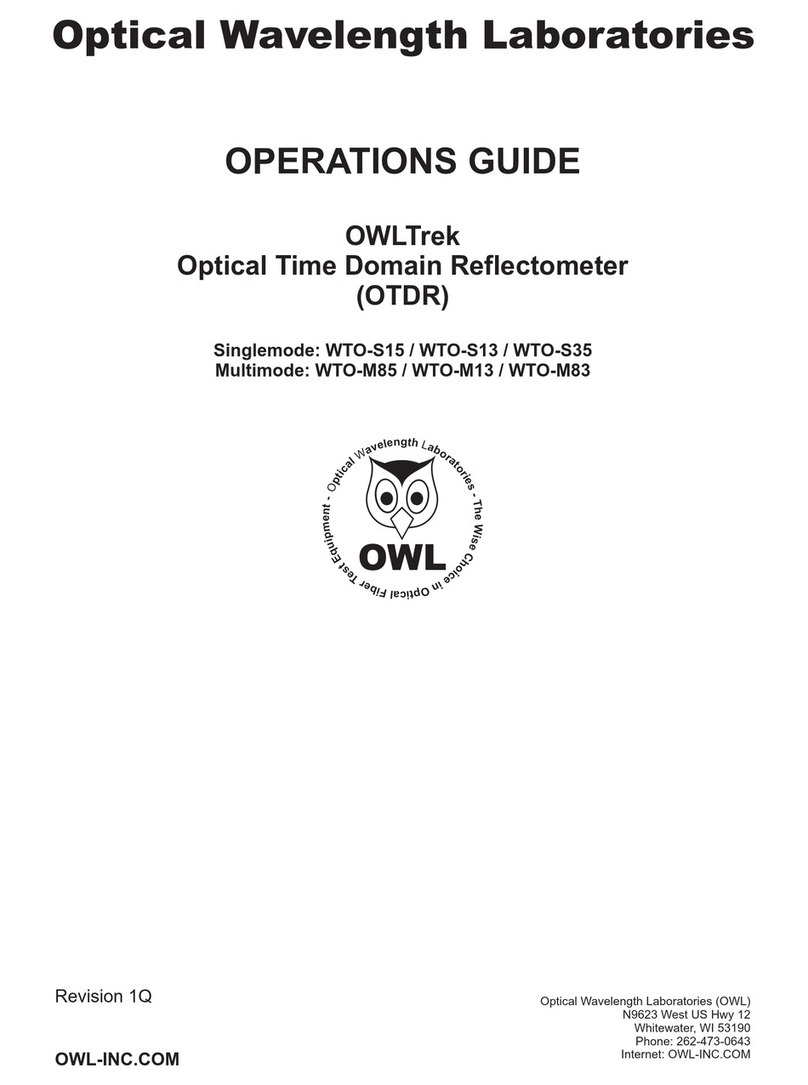
OWL
OWL OWLTrek WTO-M85 User manual
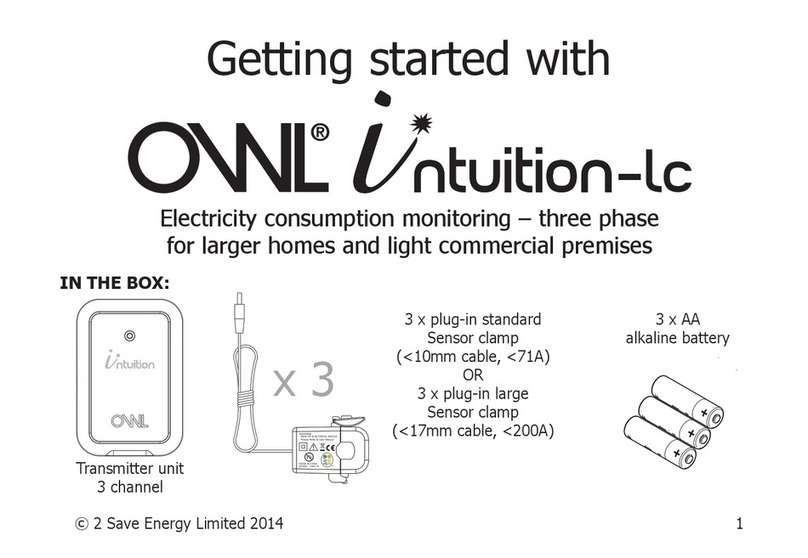
OWL
OWL Intuition-lc User manual
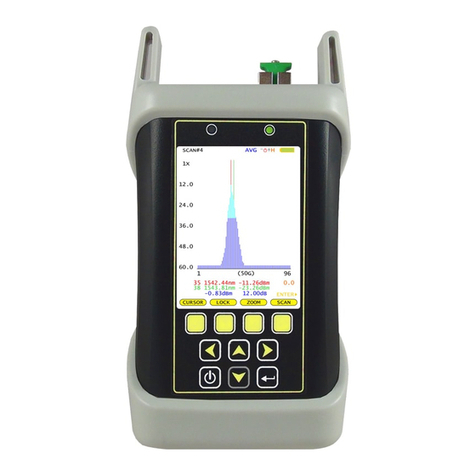
OWL
OWL OCM-C User manual
OWL
OWL Silicon ZOOM 2 User manual
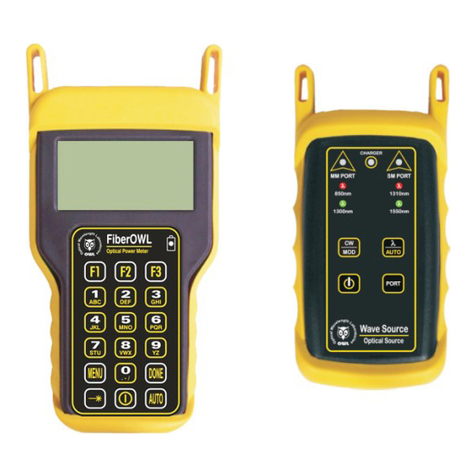
OWL
OWL KIT-FO4B-WSMDst User manual

OWL
OWL KIT-WT-D2stKIT-WT-D2sc User manual
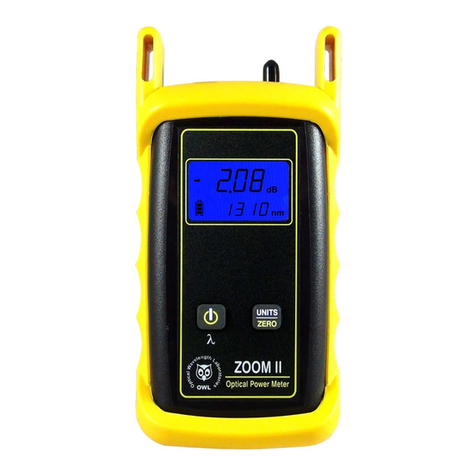
OWL
OWL ZOOM 2 ZO2 User manual
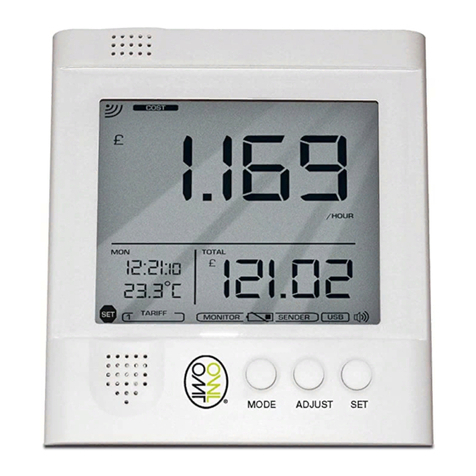
OWL
OWL +USB User manual
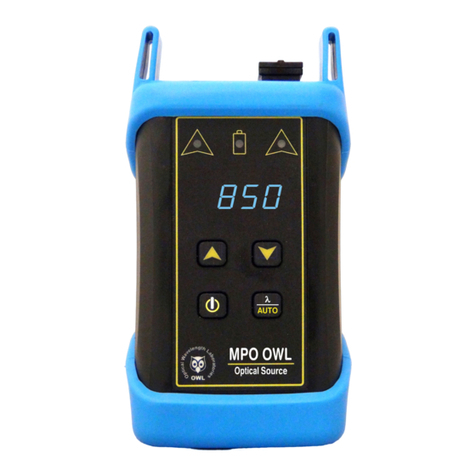
OWL
OWL MPO Series User manual
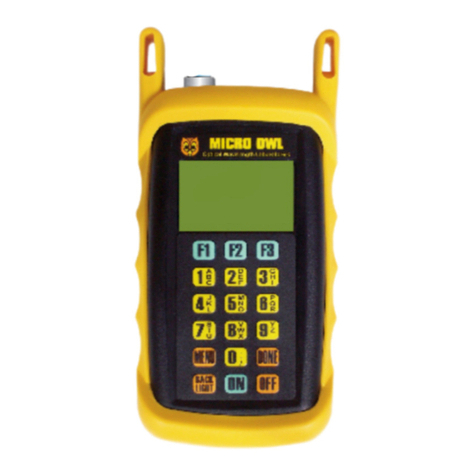
OWL
OWL Micro OWL 2 Series User manual
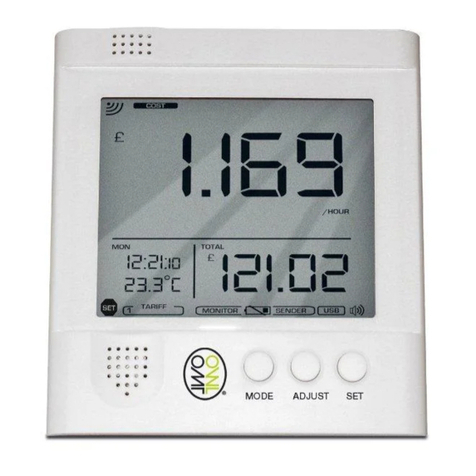
OWL
OWL OWL+USB Installation guide

OWL
OWL OWLTrek WTO-S15 User manual
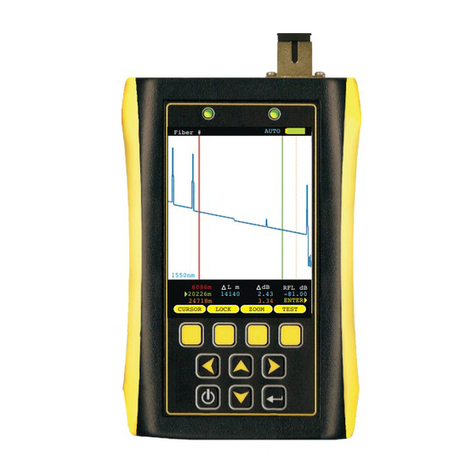
OWL
OWL OWLTrek II WTO2-S13 User manual

OWL
OWL +USB Installation guide

OWL
OWL +USB User manual
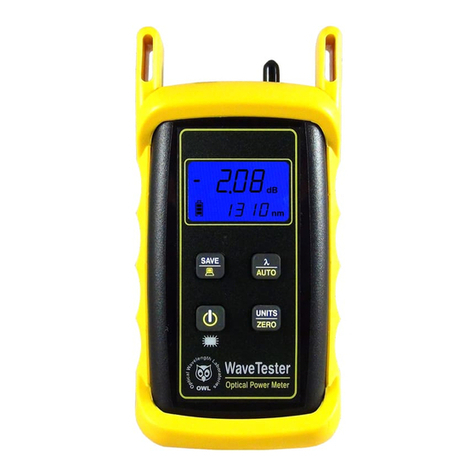
OWL
OWL WaveTester Series User manual

OWL
OWL OWL User manual
Popular Measuring Instrument manuals by other brands

Powerfix Profi
Powerfix Profi 278296 Operation and safety notes

Test Equipment Depot
Test Equipment Depot GVT-427B user manual

Fieldpiece
Fieldpiece ACH Operator's manual

FLYSURFER
FLYSURFER VIRON3 user manual

GMW
GMW TG uni 1 operating manual

Downeaster
Downeaster Wind & Weather Medallion Series instruction manual

Hanna Instruments
Hanna Instruments HI96725C instruction manual

Nokeval
Nokeval KMR260 quick guide

HOKUYO AUTOMATIC
HOKUYO AUTOMATIC UBG-05LN instruction manual

Fluke
Fluke 96000 Series Operator's manual

Test Products International
Test Products International SP565 user manual

General Sleep
General Sleep Zmachine Insight+ DT-200 Service manual



















